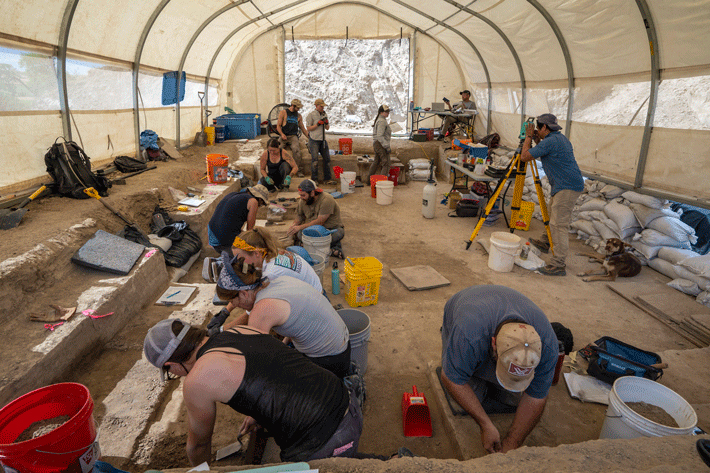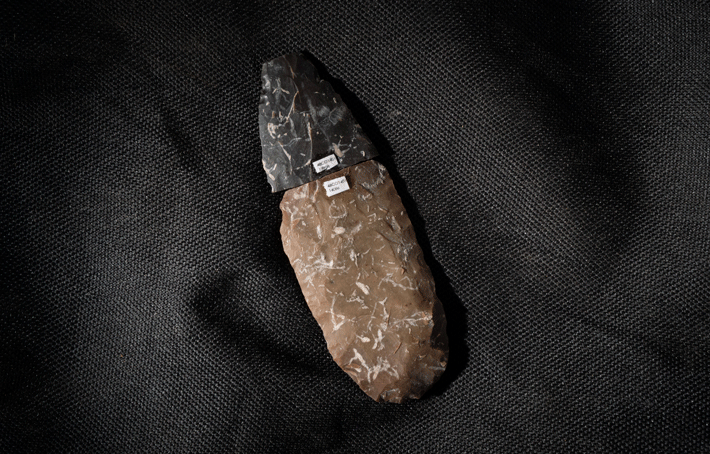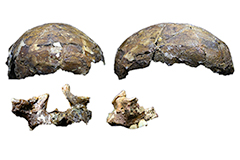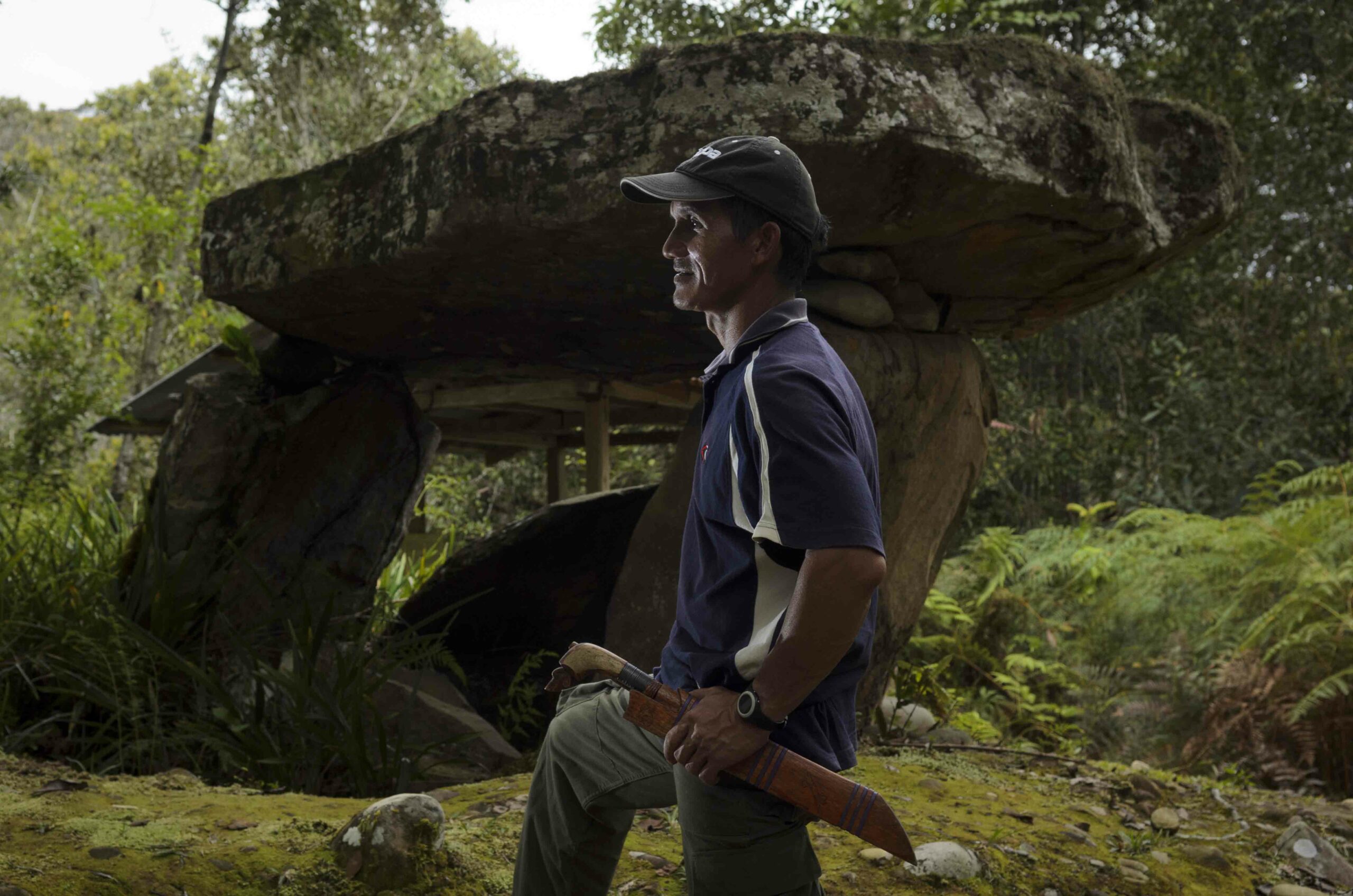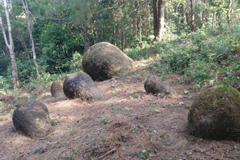Features From the Issue
-
Features January/February 2023
Top 10 Discoveries of 2022
ARCHAEOLOGY magazine reveals the year’s most exciting finds
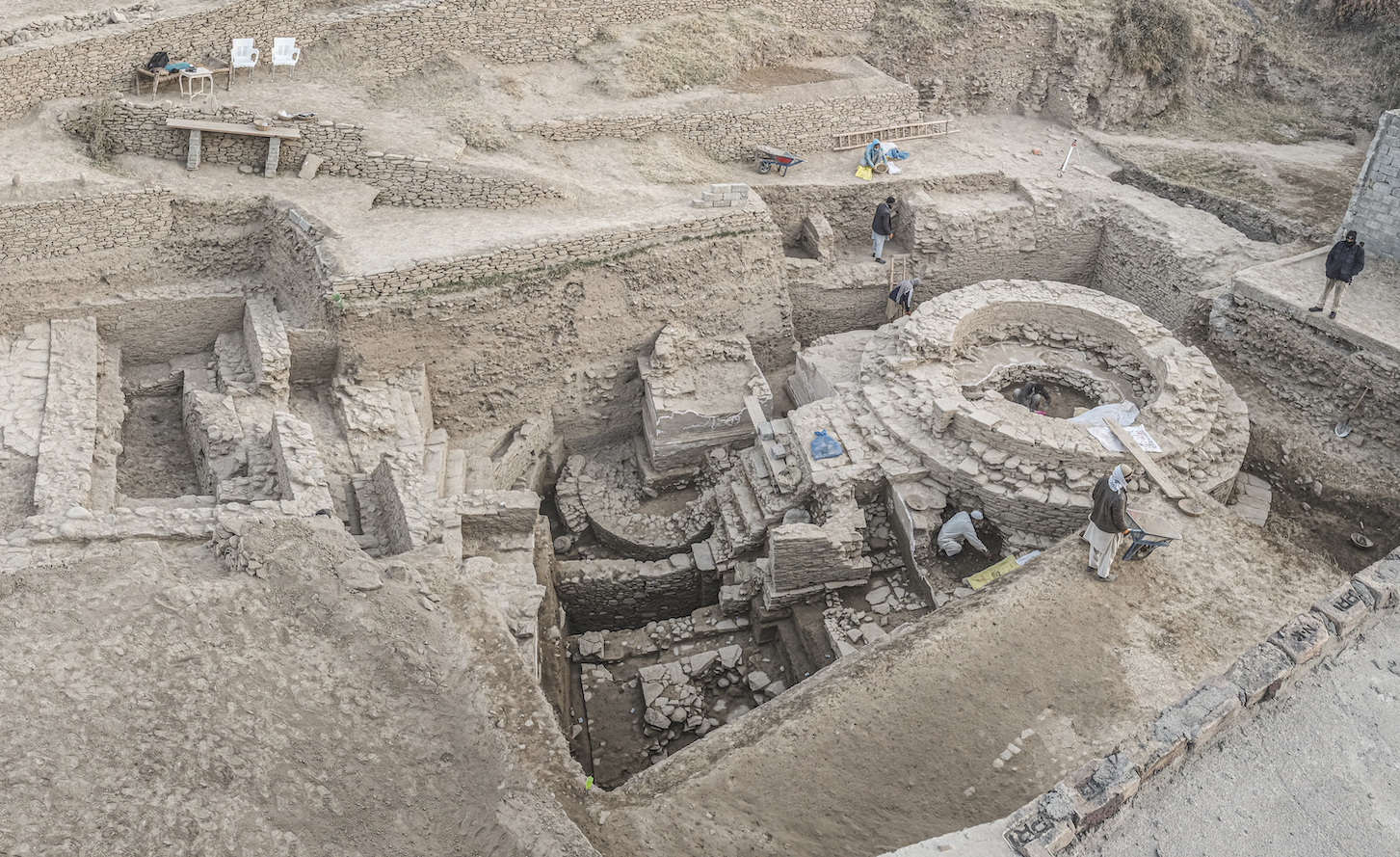 (Copyright ISMEO)
(Copyright ISMEO) -
Features January/February 2023
Jungle Realm of the Snake Queens
How women ascended the ranks in the highstakes world of Maya politics
 (Adobe Stock)
(Adobe Stock) -
Features January/February 2023
Twin Cities
The unbreakable bond between allies across the Aegean is commemorated in a newly unearthed inscription
-
Features January/February 2023
High Plains Mammoth Hunters
A chance discovery in Wyoming leads archaeologists to a unique 13,000-year-old hunting camp
-
Features January/February 2023
The Falcon God's Shrine
An unprecedented find in a thriving Egyptian port

Letter from Ethiopia
Letter from Ethiopia
Exploring a Forgotten Jewish Land
Using oral history, texts, and survey, archaeologists search for traces of a once-vibrant religious community
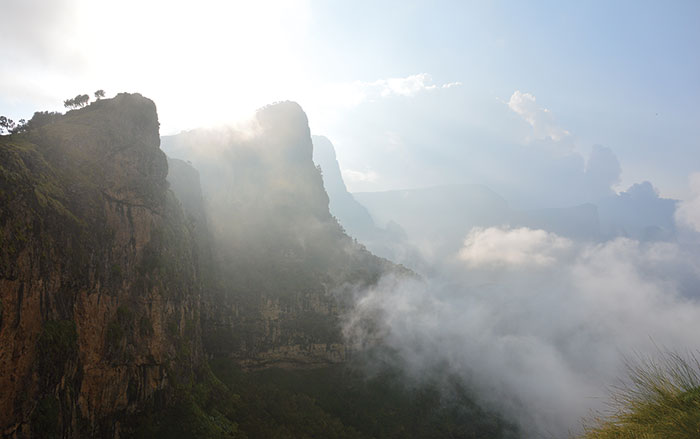
Artifact
Artifacts
Byzantine Solidus Coins

Digs & Discoveries
-
Digs & Discoveries
An Undersea Battlefield

-
Digs & Discoveries
Hadrian's Bugler
 (Universal History Archive/UIG/Bridgeman Images)
(Universal History Archive/UIG/Bridgeman Images) -
Digs & Discoveries
Farmers and Foragers

-
Digs & Discoveries
(Un)following the Recipe
 (© The Trustees of the British Museum)
(© The Trustees of the British Museum) -
Digs & Discoveries
Storming the Castle
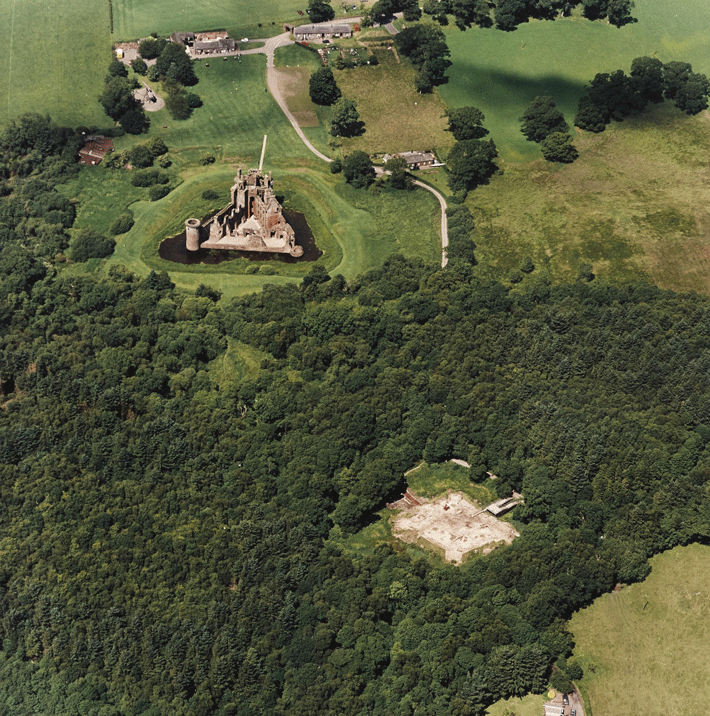 (Courtesy Copyright HES)
(Courtesy Copyright HES) -
Digs & Discoveries
UPDATE: Mesolithic Baby Carrier

-
Digs & Discoveries
Etruscan Burial Crown

-
Digs & Discoveries
A Young Hercules
 (Courtesy Greek Ministry of Culture and Sports)
(Courtesy Greek Ministry of Culture and Sports) -
Digs & Discoveries
More Images From Digs & Discoveries
Off the Grid
Off the Grid January/February 2023
Tongobriga, Portugal
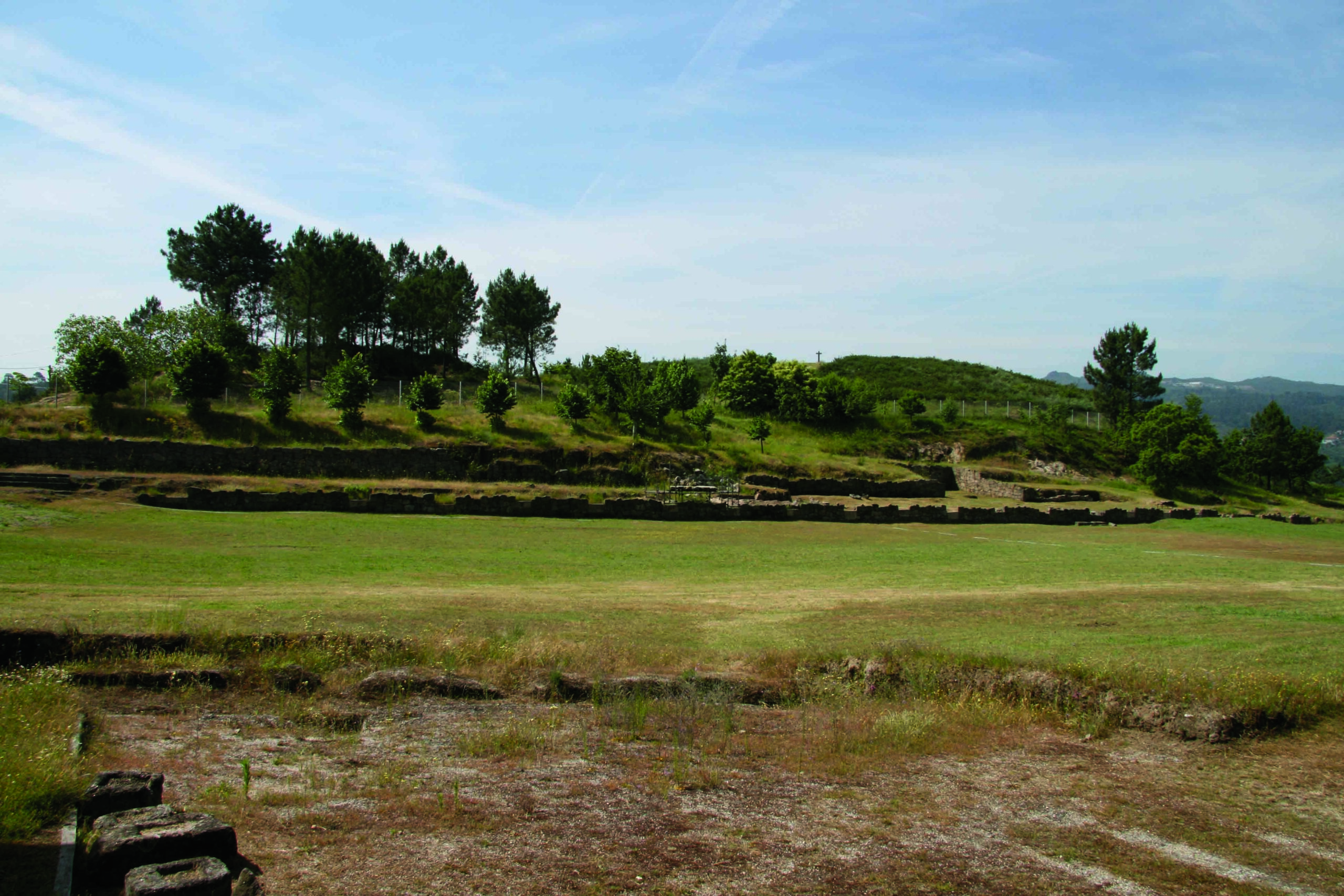
Around the World
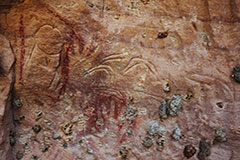
AUSTRALIA

AUSTRALIA: Archaeologists working with Aboriginal communities obtained new information about the Marra Wonga rock shelter in central Queensland. The site contains 15,000 petroglyphs created over thousands of years. Researchers learned that one of the main scenes, which includes starlike designs, snake figures, and human feet, tells the Aboriginal Dreaming story of the Seven Sisters. According to the tale, an Ancestral Being known as Wattanuri pursued the sisters across the Australian landscape, and their altercations led to the creation of many prominent features existing today.
Related Content

BORNEO

BORNEO: Evidence of the earliest known amputation was recovered from Liang Tebo Cave. The successful surgery was performed on a teenager 31,000 years ago, when the person’s lower left leg was skillfully removed. It is believed that the patient survived the procedure and lived for another 6 to 9 years before succumbing to an unknown cause of death. The individual also displayed signs of a healed neck fracture and clavicle trauma, both of which may have occurred during the same event in which the leg was injured.
Related Content
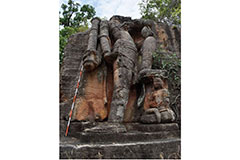
INDIA

INDIA: An archaeological survey covering 65 square miles of central India that had not been explored in almost a century documented hundreds of new sites dating to the 1st millennium A.D. Archaeologists even explored parts of the Bandhavgarh Tiger Reserve—where they occasionally had to dodge wild beasts. The project identified dozens of ritual caves, stupas, inscriptions, and sculptures, along with Buddhist temples. Among the finds was a 20-foot-tall statue of Varaha, an incarnation of the god Vishnu, carved between the 9th and 13th centuries.
Related Content
Slideshow: Excavating a Mammoth Hunters' Campsite
Since 2014, a team of archaeologists investigating a 13,000-year-old hunting campsite at La Prele Creek, Wyoming, have uncovered an area larger than a football field. These images taken by Matt Stirn at the excavations during the summer of 2022 explore one of the most significant sites where people belonging to what archaeologists now call the Clovis Culture spent an extended period of time.

